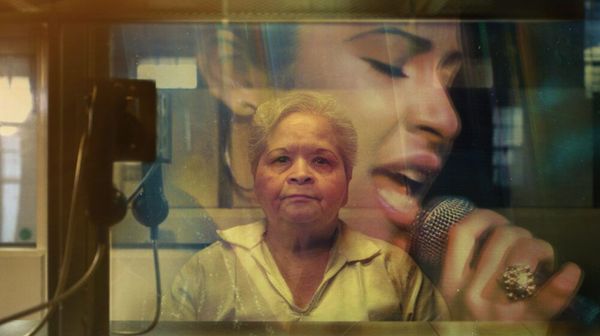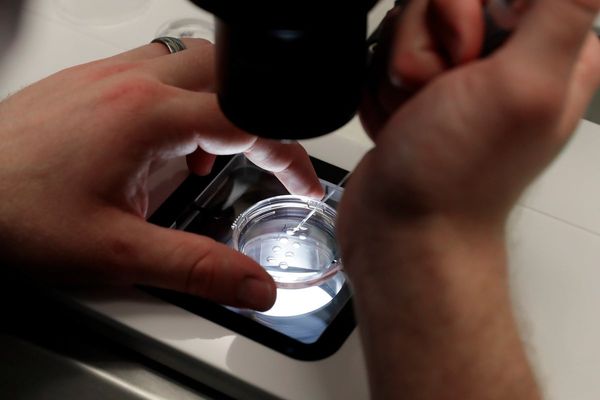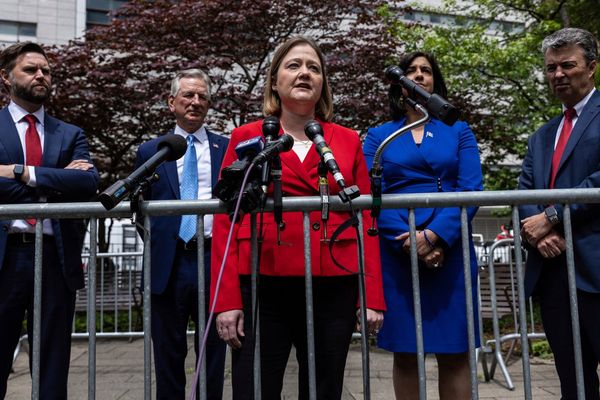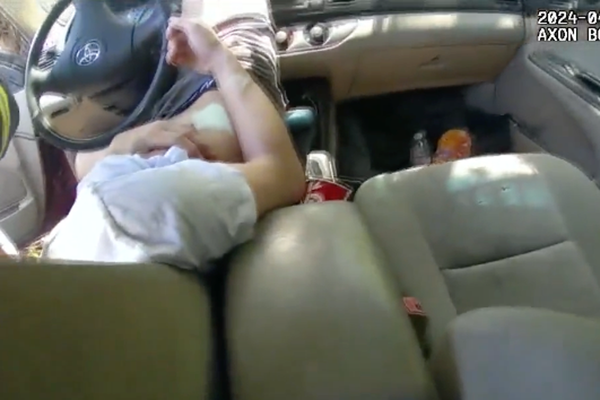/https://static.texastribune.org/media/files/197d072110a1a077ec5cb41f2e47a0bf/Broadband%20REUTERS%20TT.jpg)
The Texas House on Thursday moved one step closer toward investing $5 billion to expand internet availability across the state.
Filed by Republican state Rep. Trent Ashby of Lufkin, House Bill 9 and the accompanying House Joint Resolution 125 would ask Texas voters in November whether the state can spend that historic amount and create the Texas Broadband Infrastructure Fund.
The House approved Ashby’s bill 140-9 on Thursday. It now heads to the Senate.
“This bill will have a measurable impact on each one of your districts,” Ashby said on the House floor. “No matter whether they be urban, suburban or rural.”
The COVID-19 pandemic highlighted the significant need for internet connectivity — nearly 7 million Texans don’t have reliable broadband service, if they are connected at all. In the last session, the state established the Broadband Development Office, which released its broadband development map earlier this year. The map shows internet speeds and availability across the state and will help determine which communities are eligible for grant funding.
While the $5 billion broadband fund will get Texas closer to connecting the entire state, it’s going to take more than Ashby’s proposal to get all Texans online. At a public hearing in March, Texas Comptroller Glenn Hegar said the actual amount needed would be closer to $10 billion.
Then there’s the question of how long it will take to connect the entire state. Hegar said it could take anywhere from seven to 10 years. Hegar said the cost and time was due to labor constraints, supply chain issues and “the fact that the entire nation is trying to do this.”
Another key component of the fund, Hegar said, is that it will be needed to match the federal dollars that will be coming in from the bipartisan infrastructure law, passed by Congress in 2021 and signed by President Joe Biden. It’s undetermined how much Texas will receive out of the $42.45 billion set aside for broadband expansion, but the state will need to match 25% of the allotment.
This would also give the state more flexibility from the requirements of the federal program — the state would have to go by the Federal Communications Commission broadband map and use fiber technology first, which may not be realistic in all areas.
“While it’s great to have that money, and I wish we had every penny of the $40 billion, the fact is there are constraints,” Hegar explained.
Hegar said this will eventually hurt rural service providers as well, since bigger vendors have the capability to meet the federal requirements but smaller vendors do not.
“Those very small rural providers probably need as much or more help than anyone to connect their citizens,” Hegar said. “I think that every layer you add, on either state or federal levels, limits the competition and capability that’s out there, and limits the system.”
One Democratic lawmaker attempted to add more “accountability” to the bill prior to the House approving it.
On the House floor on Wednesday, state Rep. Yvonne Davis of Dallas introduced an amendment that would require each broadband service provider to submit an annual report to the comptroller’s office. This report would detail the number of people served through the broadband development program, their internet speeds and where they live. The comptroller would then provide a report to the Legislature.
Ashby argued the extra step wasn’t necessary, since there are reporting requirements for the billions of federal dollars that Texas is expected to receive from the Bipartisan Infrastructure Law.
Still, Davis said legislators often don’t receive details, such as job creation and deployment plans, in other scenarios, despite the large investments the state puts forward.
“My concern is that we, as legislators, aren’t able to get that information,” Davis said. “And if we don’t ask for it in the legislation, how can we be assured that we will get that information?”
The amendment failed to be adopted. Davis did successfully add an amendment that requires some funding to go toward broadband development in “economically distressed communities.”
We can’t wait to welcome you Sept. 21-23 to the 2023 Texas Tribune Festival, our multiday celebration of big, bold ideas about politics, public policy and the day’s news — all taking place just steps away from the Texas Capitol. When tickets go on sale in May, Tribune members will save big. Donate to join or renew today.







